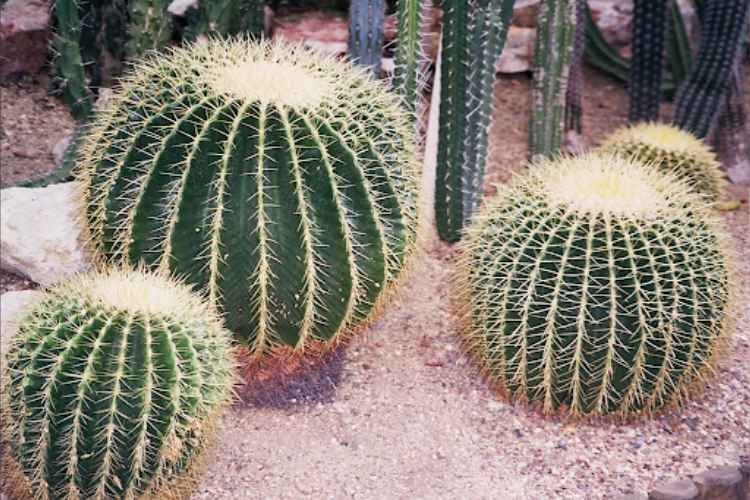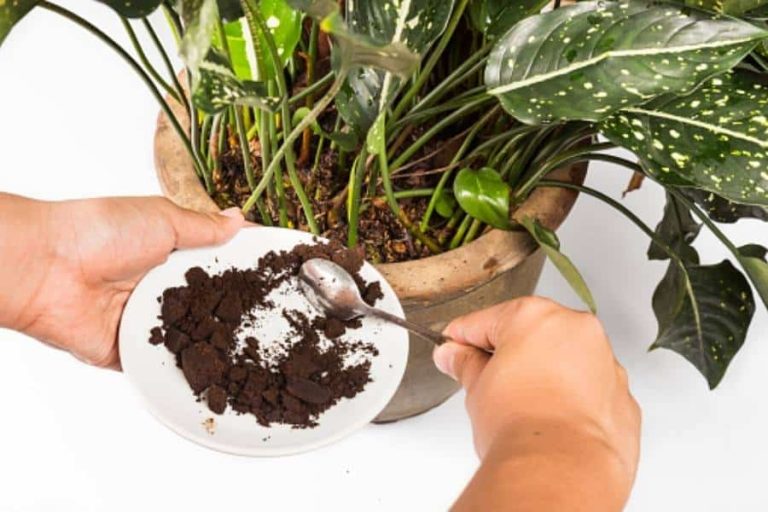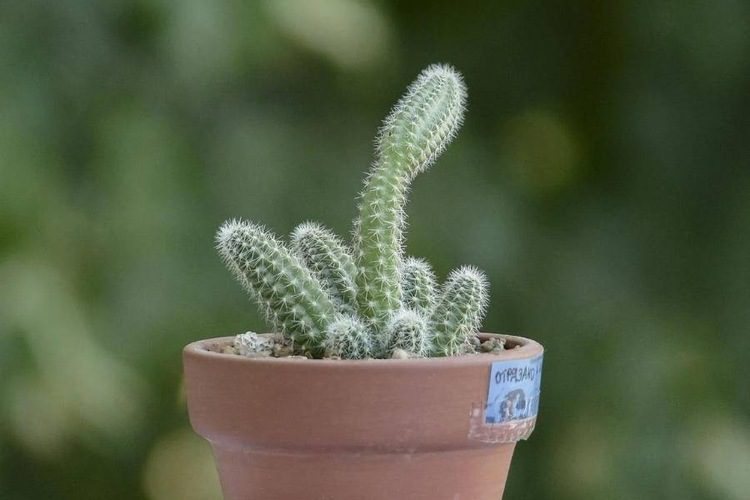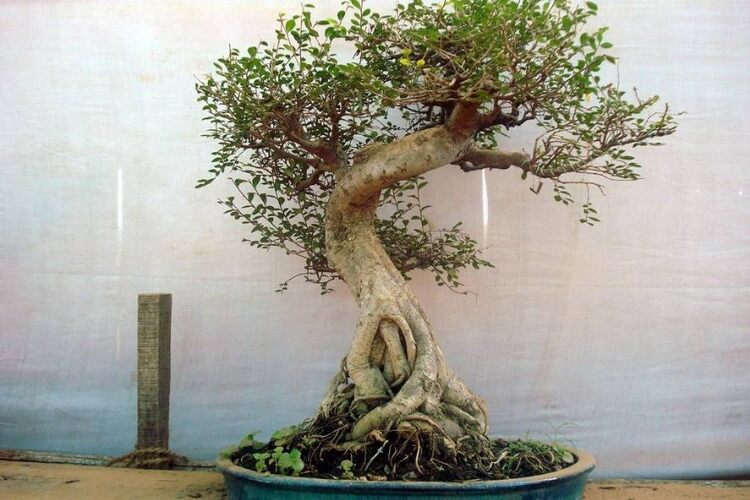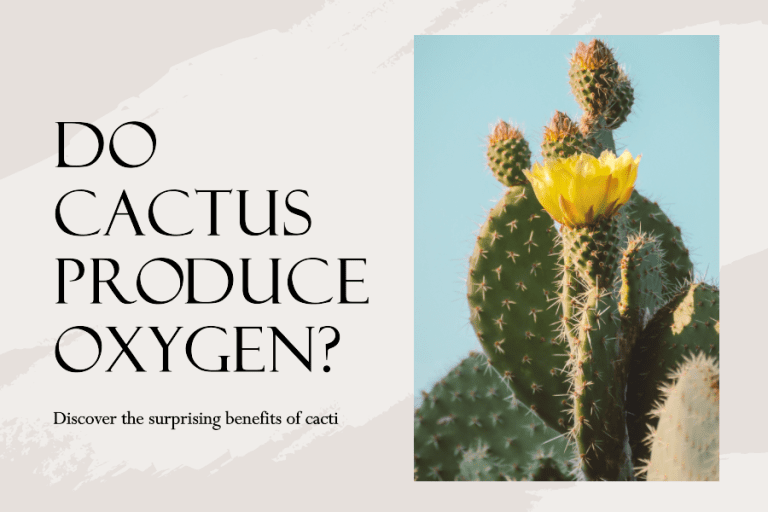How Big Do Succulents Get? Gardening Guide For Beginners
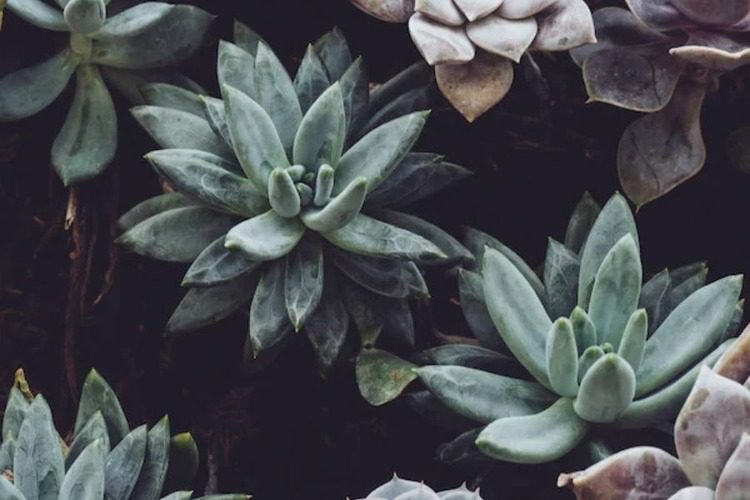
Succulents are popular plants because they are beautiful to look at and easy to care for. They are slow-growing plants that are surprisingly able to survive in almost all climates. So, do you know how big succulents get?
Succulents can grow from 6 inches to a few feet tall with proper care. Succulents can be used for indoor decoration and can also be used in outdoor gardens. In this case, you must study a guide for selecting the best electric garden carts.
Things That Affect The Growth Of Succulents
Succulents grow according to plant type. However, some other factors are associated with its growth. Succulents decline due to too little or too much of something. Let’s see what the factors are:
Light
Succulents always demand a bright place. If you keep them indoors, place them next to a sunny window where they get plenty of light. Although they need bright light, should be protected from excessive direct sunlight, as it can stunt their growth or cause damage.
For other succulents, including cacti, seed light levels should be fairly high. The plants themselves will tell you about their needs for light. If they are expanding, then their lighting needs to be increased. When they turn bright red and stop growing, it means they are receiving too much light.
Temperature
Temperature can affect seed germination, moisture, and light. These limits depend to a large extent on the conditions of germination of seeds of one or another type of cactus in nature.
It has also been established that a daily temperature drop is very beneficial for crops. This creates conditions close to nature, where day temperatures are much higher than night temperatures. If you achieve this, you will create the best conditions for successful seed germination.
Moisture
Moisture is an important factor in that it is absorbed by the seeds and initiates their growth process. During germination, the water should be clean, preferably thawed. It is not recommended to use chemicals until the seedlings are strong. Fertilizers can slow down the germination process, so it is recommended to avoid using them until the seedlings are strong.
Many gardeners use fungicides both for the prevention and protection of seeds and seedlings from fungal diseases. This should be done very carefully, strictly following the dosage indicated on the label.
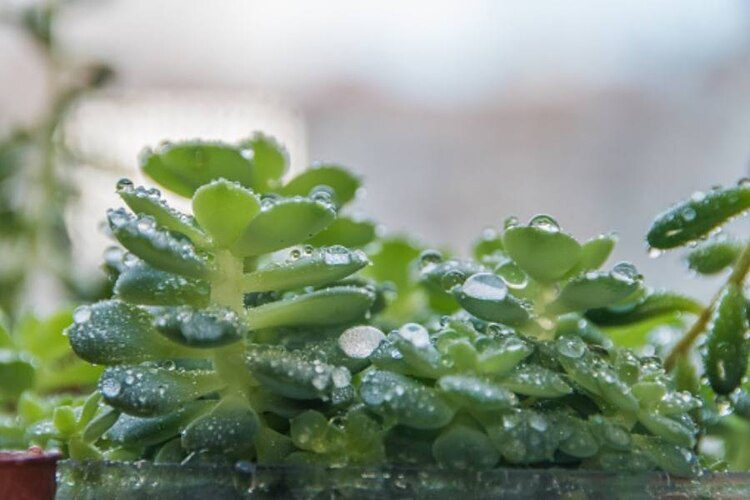
Fertilizer
Most succulents do not need to be fertilized, as light and air are sufficient for them. They get the nutrients they need from light and air.
However, not all succulents require fertilizer. Some particular varieties of succulents require the use of fertilizers when they do not receive enough water and light. If you can help it nourish and grow succulents without using fertilizers. The best solution, in this case, is to plant the trees together and cover them with other plants.
Watering
Succulents do not require frequent watering, but their water needs can depend on the specific plant and environmental conditions. Plants can expect a little more water if they get a bit dry in the sun for too long.
But before watering, check whether there is any remaining water at the root of the plant, if not, then water as much as possible. Do not give excess water to the root of the plant. It can cause rot from the root of the sap.
Size Of The Pot
The growth of succulents depends largely on the size of the container, as roots need space to grow. It is important to choose an appropriately sized container for optimal growth. Any variety, no matter how succulent, can never grow fully in a small container.
Excess water in small or closed containers can rot the plant. One should always make the right decision regarding such a plan. It maintains your proper growth.

Different Types Of Big Succulents
There are different types of succulents that naturally grow bigger with proper maintenance. Know about the succulents below:
Aloe Vera
The Aloe genus consists of about 500 species. They can be arranged in a small pot. They help purify the air by absorbing benzene and formaldehyde from the air in your home.
Aloe cultivation is possible in all types of soil. However, plants grow best in loamy soil rich in organic matter. It is better to cultivate at a high altitude where water does not accumulate.
In the case of planting in a tub, the base should be planted high so that the leaves do not touch the soil in a medium-sized tub. The growth of Aloe plants is very good if the soil is mixed with bone powder and eggshell powder.
Sedum
Sedum comes in different types. The most characteristic thing about them is that they can be anything from green to pink, blue, grey, etc. May be up to three feet tall or even creeping.
Cactus: Among the succulents, ball cacti do well outdoors. These plants are loved by hobby gardeners as they create a desert atmosphere in the garden. Ball cactuses of various shapes and colors bear clusters of yellow and golden flowers in spring. Other succulent plants that can be planted in the garden include stonecrop, agave, plush plants, etc.

Panda Plant
The plant grows up to two feet tall. It takes time to grow up. So the plant can be placed near the window in a small tub. If the roots are wet, do not water them. Care should be taken while watering so that water does not fall on the leaves. Wet leaves can rot.
Baby Necklace
The baby necklace plant grows up to 12 inches tall. The plant does well either in the ground or in a hanging tub. The plant needs full sun. However, it survives in slightly shaded areas. The plant bears very small flowers in late summer.
Christmas Cactus
It bears red flowers in winter. Despite the name “cactus”, its spines are not that sharp. Can be placed next to the window for light. It is called the “Christmas Cactus” because it flowers in December.
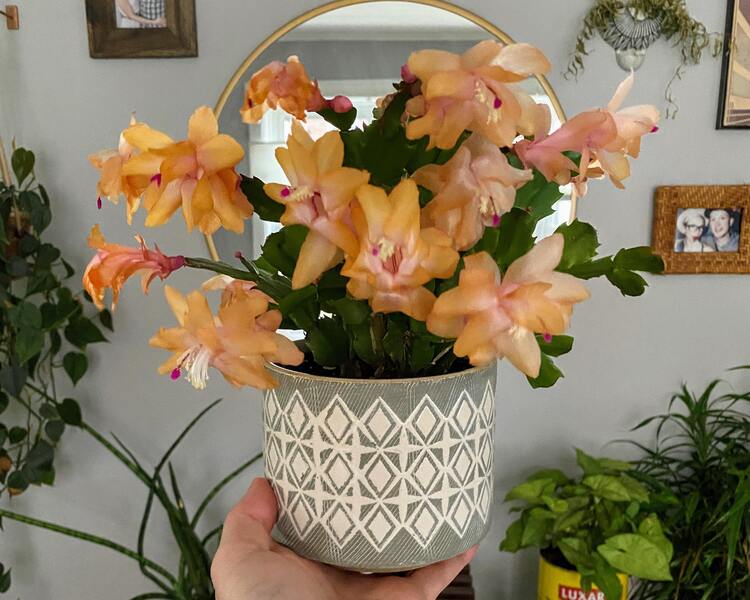
Dragon’s Blood
If you want to increase the beauty of the garden, you can plant red-green indoor succulents. Even in the soil where no other tree grows, this tree grows wildly. It can withstand direct sunlight and survive in cold weather.
Conclusion
So, you now have some accurate information on how big do succulents get. Succulent plants are surprisingly low-maintenance. Succulent plants are very easy to care for and do not require any special attention. You might think succulent species are a separate family of indoor plants. But the truth is that there are more than 60 species in the succulent family. There are also over ten thousand plant species that you can grow in your tub.
Among the many common species are cacti and houseplants, but there are also many unfamiliar species that will beautify your home and garden.
Related posts:


